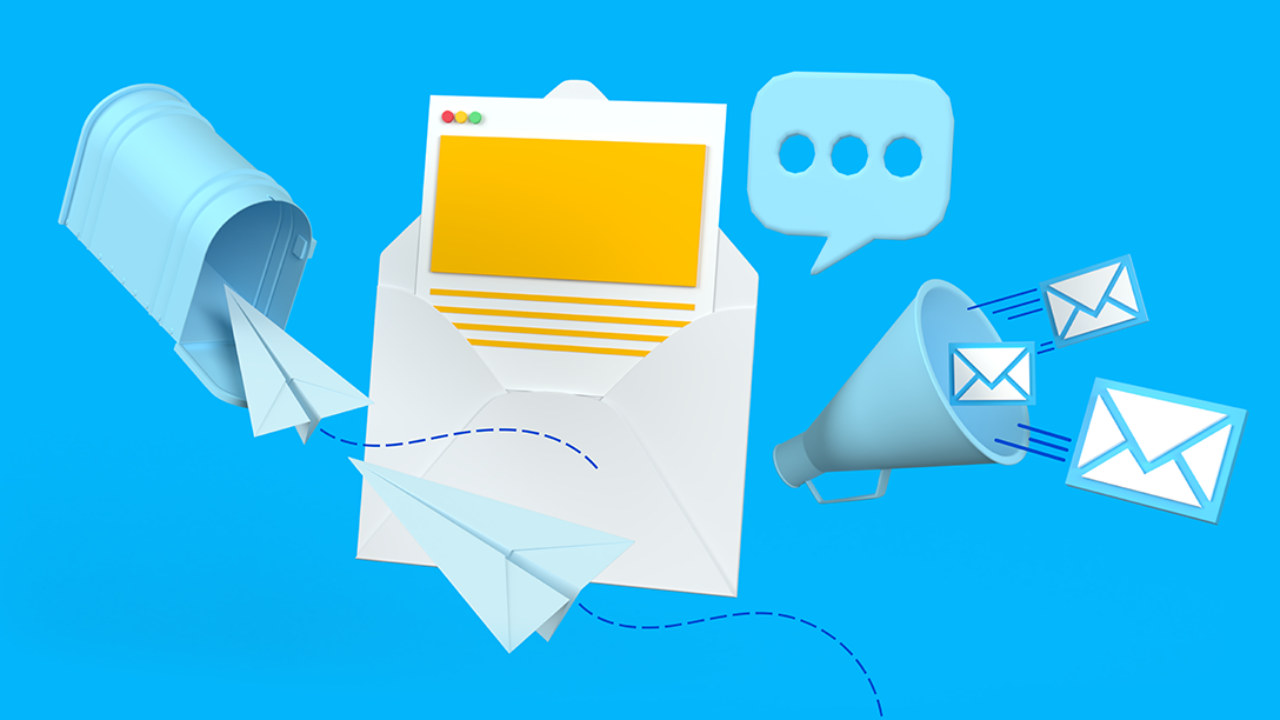Email bounce backs can be a frustrating experience, hindering effective communication and impacting your business or personal endeavors. Understanding the causes of email bounce backs and taking proactive measures to prevent them is essential for successful email delivery. In this comprehensive guide, we will explore the common reasons behind email bounce backs and provide valuable insights on how to minimize their occurrence.
Email Bounce Backs Reasons

Email bounce backs occur when an email fails to reach its intended recipient and is returned to the sender. Let's delve into the common reasons behind email bounce backs:
1. Invalid or Nonexistent Email Addresses
One of the primary causes of email bounce backs is sending messages to invalid or nonexistent email addresses. This can happen if the recipient's email address is mistyped, no longer in use, or has been deactivated. When an email server receives a message addressed to a nonexistent account, it generates a bounce-back notification, indicating that the email couldn't be delivered.
Solution: Double-check the email addresses before sending messages. Use email validation tools to verify the accuracy and validity of email addresses. Regularly update and clean your email list to remove invalid or inactive addresses.
2. Full Mailbox or Storage Quota Exceeded
If a recipient's mailbox is full or their storage quota has been exceeded, incoming emails will bounce back. This often happens when the recipient fails to manage their mailbox effectively, resulting in insufficient space to receive new messages.
Solution: Advise the recipient to clear their mailbox or increase their storage capacity. Alternatively, ask them to provide an alternative email address where you can send your message.
3. Email Server Issues
Temporary or permanent issues with the recipient's email server can also cause email bounce backs. These issues can include server downtime, maintenance, misconfiguration, or technical glitches.
Solution: If you receive bounce-back notifications due to server issues, try resending the email at a later time. If the problem persists, contact the recipient or their IT support team to ensure the server is functioning correctly.
4. Sender Reputation and Spam Filters
Emails sent from suspicious or blacklisted senders often get flagged as spam or rejected by the recipient's email service provider. Spam filters analyze various factors, including sender reputation, content quality, and email authentication, to determine whether an email should be delivered to the recipient's inbox.
Solution: Maintain a good sender reputation by adhering to email best practices. Use a reputable email service provider (ESP) that follows proper email authentication protocols. Craft relevant and engaging content that avoids common spam triggers. Regularly monitor your email deliverability and reputation to identify and rectify any issues.
5. DNS Configuration Issues
Domain Name System (DNS) configuration issues can lead to email bounce backs. These issues can occur if your DNS records, such as SPF (Sender Policy Framework) and DKIM (DomainKeys Identified Mail), are not properly configured.
Solution: Ensure your DNS records are correctly set up and aligned with industry standards. Consult with your email service provider or IT team to verify the proper configuration of SPF, DKIM, and other DNS settings.
6. Content Triggers and Formatting Errors
Content triggers or formatting errors within your email can trigger spam filters and cause email bounce backs. These triggers can include excessive use of capital letters, suspicious links, or certain keywords commonly associated with spam.
Solution: Pay attention to your email content and formatting. Avoid excessive use of capitalization and spam-related keywords. Test your emails with spam checking tools to identify and address potential issues before sending them.
7. Network or Connectivity Issues
Temporary network or connectivity issues between your email server and the recipient's server can result in email bounce backs. These issues can be caused by internet outages, firewall restrictions, or routing problems.
Solution: Ensure your internet connection is stable and properly configured. Contact your IT team or service provider to resolve any network-related issues that may impact email delivery.
Preventing Email Bounce Backs

While it's impossible to completely eliminate email bounce backs, you can significantly reduce their occurrence by following these preventive measures:
1. Maintain a Clean and Updated Email List
Regularly clean and update your email list to remove invalid or inactive email addresses. Use double opt-in methods to ensure that subscribers provide valid contact information during the signup process.
2. Use Email Validation Tools
Utilize email validation tools to verify the accuracy and validity of email addresses before sending messages. These tools can help identify potential bounce backs and improve email deliverability.
3. Implement Proper Email Authentication
Ensure your email authentication protocols, such as SPF, DKIM, and DMARC (Domain-based Message Authentication, Reporting, and Conformance), are properly implemented and configured. These protocols help verify the authenticity of your emails and prevent them from being marked as spam.
4. Monitor Email Deliverability and Sender Reputation
Regularly monitor your email deliverability rates and sender reputation. Keep an eye on bounce reports and analyze the reasons behind bounce backs. Address any issues promptly to maintain a positive sender reputation.
5. Craft Engaging and Relevant Content
Create well-crafted emails with engaging and relevant content that provides value to your recipients. Avoid using spam-triggering keywords and phrases that could lead to emails being flagged as spam.
6. Test Emails Before Sending
Prior to sending emails to your entire list, perform tests to identify any potential formatting issues or content triggers that could result in bounce backs. Use email testing tools to ensure your emails are compatible with various email clients and devices.
Conclusion
Understanding the causes of email bounce backs and implementing preventive measures can significantly improve email deliverability and communication success. By maintaining a clean email list, using proper email authentication, and crafting engaging content, you can reduce the likelihood of bounce backs and enhance the effectiveness of your email campaigns. Stay proactive, monitor bounce reports, and continuously optimize your email practices to ensure successful email delivery.
Commonly Asked Questions
1. Why are my emails bouncing back?
Emails may bounce back due to various reasons, including invalid or nonexistent email addresses, full mailboxes, server issues, sender reputation problems, DNS configuration errors, content triggers, or network connectivity issues. It's important to identify the specific reason behind the bounce and take appropriate actions to resolve the issue.
2. How can I prevent email bounce backs?
To prevent email bounce backs, maintain a clean and updated email list, use email validation tools, implement proper email authentication protocols, monitor deliverability and sender reputation, craft engaging content, and test emails before sending them.
3. Can I eliminate all email bounce backs?
While it's not possible to eliminate all email bounce backs entirely, following best practices and implementing preventive measures can significantly reduce their occurrence. Regularly monitoring bounce reports and taking prompt action can help minimize bounce backs and improve email deliverability.



